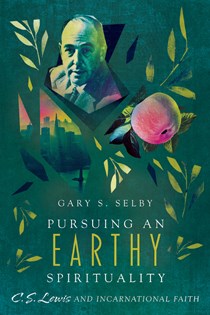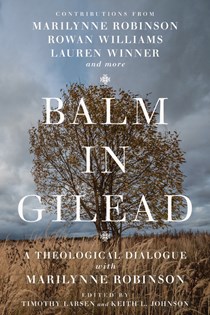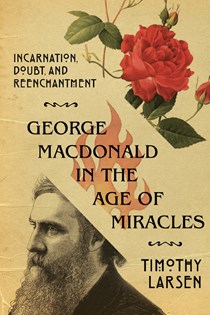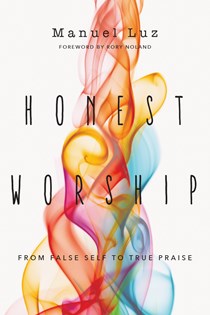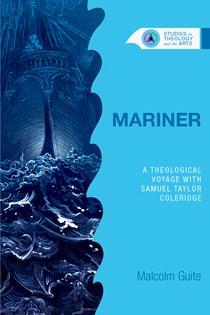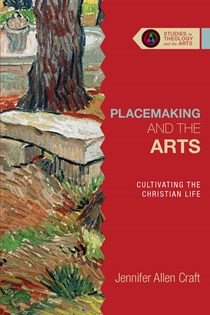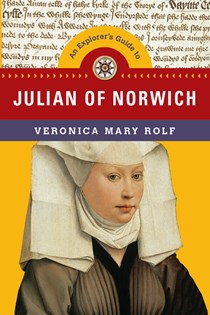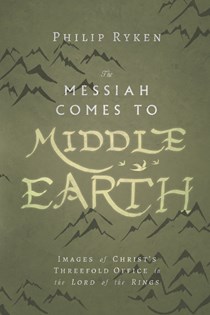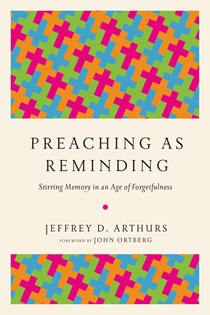Arts & Humanities
-
Pursuing an Earthy Spirituality
C. S. Lewis and Incarnational Faith
by Gary S. Selby
"Red beef and strong beer" was how C. S. Lewis described his education under one of his early tutors. It was, in other words, a substantial education that engaged deeply with the intellectual tradition and challenged him to grow. Gary Selby sees Lewis's expression as an indication of the kind of transformation that is both possible and necessary for the Christian faith, and he ...
-
Balm in Gilead
A Theological Dialogue with Marilynne Robinson
Wheaton Theology Conference Series
Edited by Timothy Larsen and Keith L. Johnson
Contributions by Timothy George, Han-luen Kantzer Komline, Lauren F. Winner, Patricia Andujo, Tiffany Eberle Kriner, Marilynne Robinson, and Rowan WilliamsPulitzer Prize–winning novelist Marilynne Robinson is one of the most eminent public intellectuals in America today. In addition to literary elegance, her trilogy of novels (Gilead, Home, and Lila) and her collections of essays offer probing meditations on the Christian faith. Many of these reflections are grounded in her belief that the sixteenth-century ...
-
George MacDonald in the Age of Miracles
Incarnation, Doubt, and Reenchantment
Hansen Lectureship Series
by Timothy Larsen
The Bible is full of miracles. Yet how do we make sense of them today? And where might we see miracles in our own lives?
In this installment of the Hansen Lectureship series, historian and theologian Timothy Larsen considers the legacy of George MacDonald, the Victorian Scottish author and minister who is best known for his pioneering fantasy literature, which influenced authors ...
-
Honest Worship
From False Self to True Praise
by Manuel Luz
Foreword by Rory NolandWhen asked by his son why some churches have smoke machines, worship pastor Manuel Luz found himself responding, "Well, technically, you need smoke machines to see the lasers." But when you take down the smokescreen, what do you have left? Where do we encounter the Holy in the midst of all this? Where can we worship with our full selves—heart, soul, mind, and body—in Spirit and truth? Drawing from ...
-
Mariner
A Theological Voyage with Samuel Taylor Coleridge
Studies in Theology and the Arts Series
by Malcolm Guite
Instead of the cross, the Albatross
About my neck was hung.Samuel Taylor Coleridge's famous poem "The Rime of the Ancient Mariner" is often regarded as having heralded the beginning of the Romantic era in British literature. The poem narrates the story of a sailor who has returned home from a long voyage having suffered great loss, yet survived.
In this ...
-
Placemaking and the Arts
Cultivating the Christian Life
Studies in Theology and the Arts Series
by Jennifer Allen Craft
We are, each one of us, situated in a particular place.
As embodied creatures, as members of local communities and churches, as people who live in a specific location in the world, we all experience the importance of place. But what role does place play in the Christian life and how might our theology of place be cultivated?
In this Studies in Theology and the Arts volume, ...
-
An Explorer's Guide to Julian of Norwich
Explorer's Guides
by Veronica Mary Rolf
IVP Readers' Choice Award
Publishers Weekly Starred Review"All shall be well, and all shall be well, and all manner of thing shall be well."
Julian of Norwich's Revelations of Divine Love is truly an astounding work: an inspired example of Christian mysticism, a unique contribution to Christian theology, the first book in English known ...
-
The Messiah Comes to Middle-Earth
Images of Christ's Threefold Office in The Lord of the Rings
Hansen Lectureship Series
by Philip Ryken
How can we grasp the significance of what Jesus Christ did for us? Might literature help us as we seek to understand the Christian faith?
J.R.R. Tolkien's The Lord of the Rings has generated much discussion about the relationship between Christianity and literature. It is well known that Tolkien disliked allegory. Yet he acknowledged that his work is imbued with Christian ...
-
Silence and Beauty
Hidden Faith Born of Suffering
by Makoto Fujimura
Foreword by Philip YanceyLogos Bookstore Association Award
Dallas Willard Center Book Award Finalist
Foreword INDIES Book of the Year Awards Finalist
World Magazine's Best Books
Aldersgate Prize by the John Wesley Honors College at Indiana Wesleyan University
ECPA Top Shelf Book Cover Award
Outreach Magazine Resource of the Year
Missio Alliance ... -
Preaching as Reminding
Stirring Memory in an Age of Forgetfulness
by Jeffrey D. Arthurs
Foreword by John OrtbergChristianity Today 2019 Book of the Year Award, The Church/Pastoral Leadership
We know of the preacher’s roles as both teacher and proclaimer, but Jeffrey Arthurs adds another assignment: the Lord’s remembrancer. The remembrancer stirs the memory of Christ-followers, reminding them of the truths they once heard and fanning the flames of faith.
We live ...


